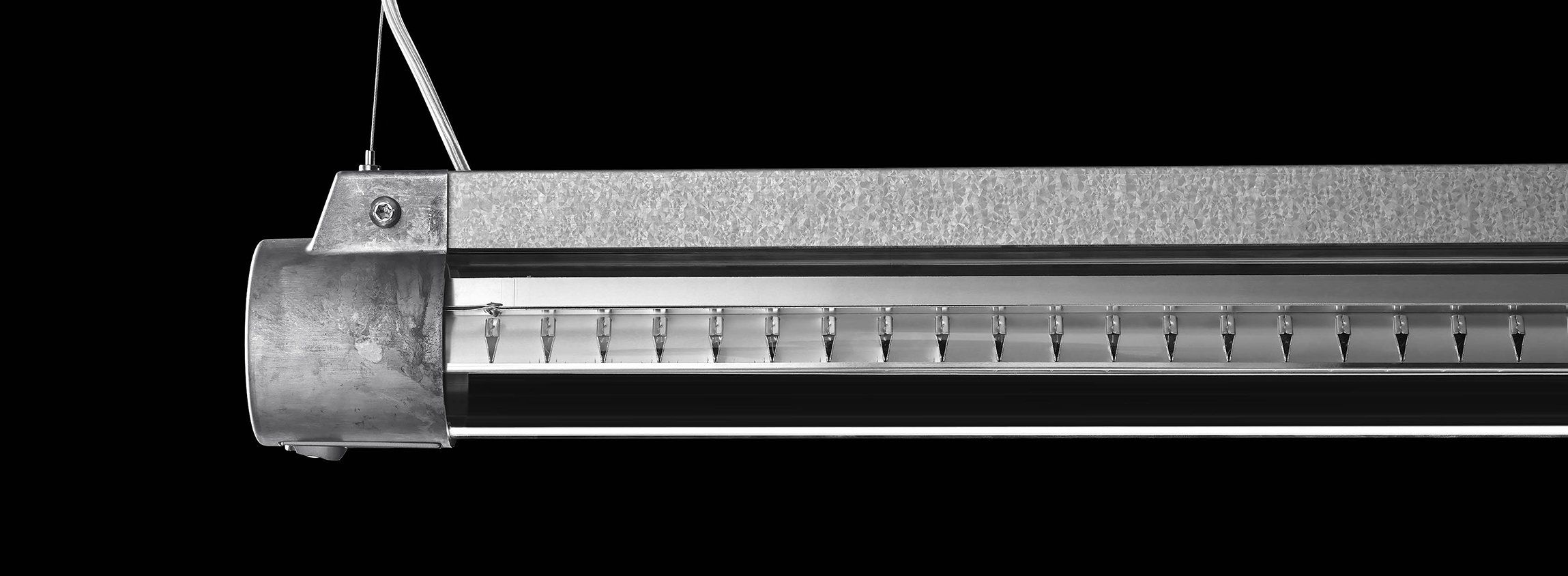lighting controls
light, controls and connectvity for the future workplace
Connectivity and control are essential when creating lighting schemes for the built environment. Found everywhere, lighting provides essential infrastructure for the buildings and spaces we live and work in.
Data about the way we use spaces can be collected through integrating lighting systems with other networks and allows us to develop smart buildings concepts, improving the facilities management of buildings to ensure they are run efficiently and sustainably, all while reducing costs.
Connectivity has created the opportunity for the teams at The Fagerhult Group to provide true value beyond lighting. By integrating with other networks, lighting systems can be interconnected with HVAC systems, security, occupancy analytics platforms and cloud AI platforms to name a few, which are able to deliver benefits across buildings for both landlords and occupiers.
Since COVID-19, we have seen an acceleration in interest for lighting concepts that include integrated systems able to collect data, helping users manage spaces more effectively and safely.
Real time occupancy data can be used to prevent overcrowding and assist with social distancing to support a COVID-safe workplace, while using intelligent sensors which require minimal ‘hands-on’ interaction, can avoid the need to touch light switches, in turn reducing points of transmission and improving hygiene.
SYSTEM INTEGRATION
When collecting data, it is important to focus on what can bring tangible benefits to a building as well as its owners and occupiers. With that in mind, Organic Response, Fagerhult’s wireless lighting control system incorporates sensors in luminaires, and uses The Tridium Niagra Framework to enable simple and streamlined integration with building management systems. Data gathered by the sensors is able to be transmitted through a wireless mesh to integrate with other systems, in turn helping to build a network of valuable data which can be used to more efficiently manage a building.


ENHANCED EXPERIENCE
Sensors integrated into luminaires are able to provide a high density of occupancy data due to the number of sensors across the building. This high resolution of data is also able to be used to extract various data sets. Organic Response uses wirepas to enhance the dataflow and increase the precision of the installed system.
This precise data can reduce the human effort needed to monitor and maintain lighting installations by identifying faults and streamlining maintenance systems. More intricate indoor navigation systems akin to outdoor GPS can also enable people to find their way around larger buildings by using location-aware signals emitted from each luminaire paired with a navigation application on their phone. Lighting temperature, intensity and colour are all also able to be adjusted to enhance human comfort and health, truly allowing users to take control over their environment.
ENHANCED SPACE
Occupancy data gathered by integrated lighting systems can benefit all stakeholders. Developers and landlords can better understand how their buildings are used while creating added value that is attractive to potential tenants. Data can also be used to analyse and optimise space utilisation, to reduce power consumption and create cost effective efficient buildings. With the ability to offer occupiers additional insight and services, landlords can attract higher quality tenants and retain talent, which has been proven to be particularly advantageous for the office space sector.


For occupiers, a customisable connected lighting control system allows users to take control and have influence over their environment
Smart spaces
Occupiers can interact with their local spaces through smartphones, harnessing the technology that is embedded within the lighting sensors to help tenants curate their ideal workspaces. During the Covid pandemic, occupancy data can help improve the design of working environments to meet with local requirements, as well as to measure and monitor how employees use buildings over time. For example, by realising active monitoring of workspaces, occupiers are able to derive knowledge of whether they need staff to move to less crowded parts of a floor, or conversely identifying under-utilised parts of the floor.
Our research-based approach to connectivity and smart lighting allows us to develop and constantly improve our products and services. Our lighting technology is designed to benefit both landlords and occupiers, enhancing the performance of buildings and creating more sustainable and efficient spaces.
This piece was co-authored by an expert team of lighting control specialists from the Fagerhult Group including Nick Van Tromp, Head of Controls and Connectivity at Fagerhult UK: Simon Ritchie, Commercial Manager, ORT and Victor Ivarsson, Head of Controls and Connectivity at Atelje Lyktan.